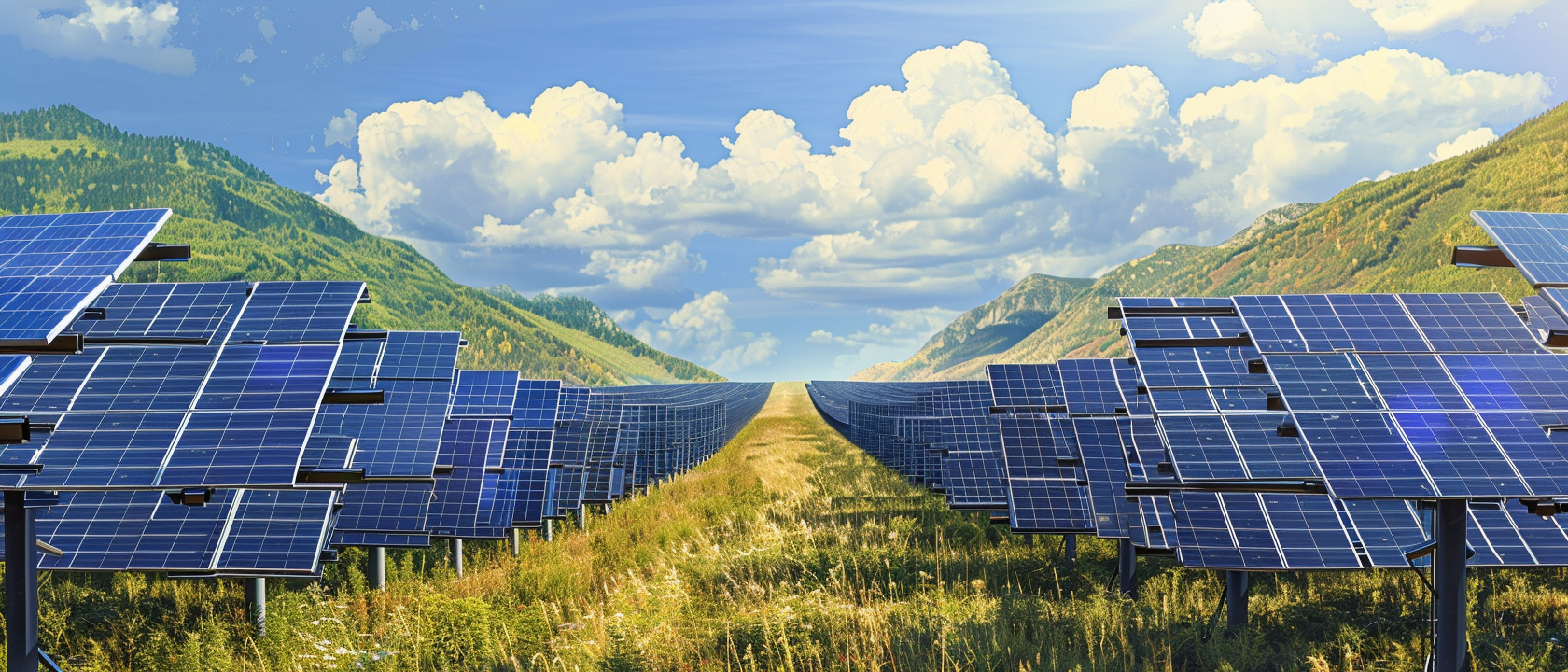

The expansion of renewable energy projects threatens U.S. food security by consuming prime farmland required for agriculture.
A recent report by McKinsey & Company highlights the sobering reality of the renewable energy transition: utility-scale solar and wind farms require approximately ten times more land than fossil fuel power plants, including the land used for the production and transportation of fossil fuels.
"Wind turbines are often placed half a mile apart, while large solar farms span thousands of acres," the McKinsey report states. The demand for land suitable for renewable energy projects is increasing rapidly, as developers seek new sites that meet climatic regulations for large-scale solar and wind projects.
This increased demand for land is not only an issue for the energy sector but also poses a threat to agriculture. A Reuters analysis indicates that the growth of renewable energy could compromise some of the United States' most fertile soils, particularly in key farming states. Solar farms require clearing large areas of vegetation, leaving the soil vulnerable to erosion and potentially resulting in the irreversible loss of fertile topsoil.
"The reality is that it takes thousands of years to create an inch of fertile topsoil," National Geographic warns, "but it can be destroyed in minutes."
Economic factors are at play, as farmers who often rely on federal support and subsidies find that selling or leasing their land for renewable energy projects is significantly more profitable. This financial incentive has led to concerns about the United States' food security and the best use of its agricultural land.
According to the American Farmland Trust, 83% of new solar energy development in the U.S. could take place on farm and ranchland, with nearly half of that land being the country's most prime agricultural land.